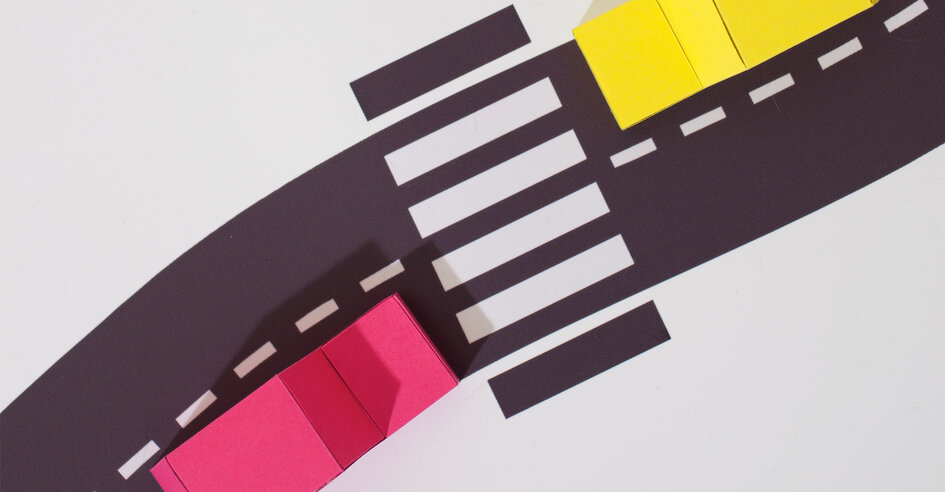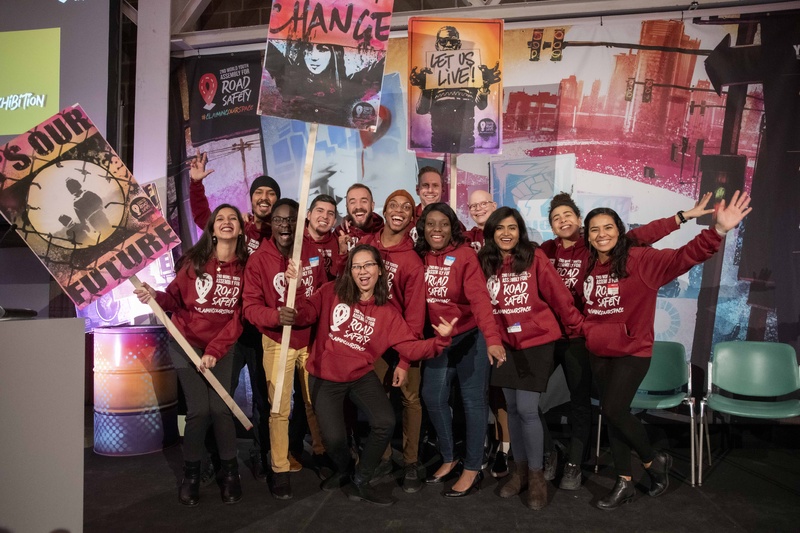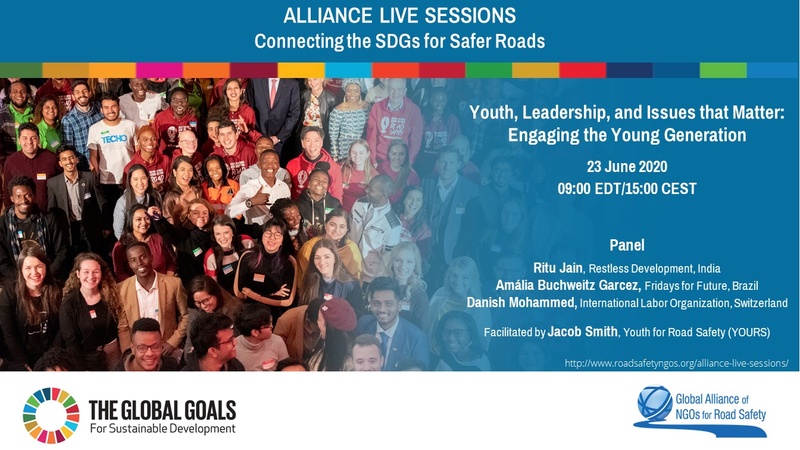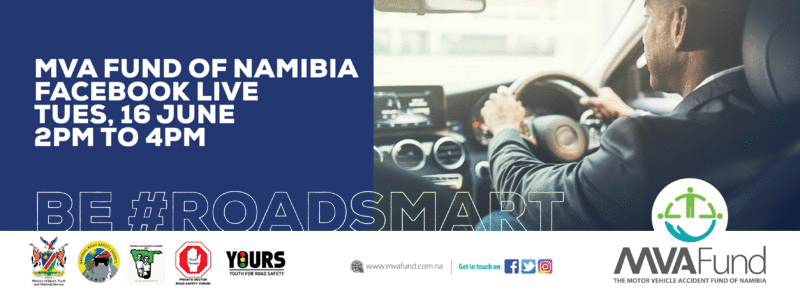
Youth leading the charge for road safety – Read our Annual Report 2019
Foreward to the Annual Report 2019
Before many young people can start realizing their dreams, they are taken from the world because of road crashes. Every day more than a thousand of them die on the roads and with them their dreams for a life and future. Most of these deaths are preventable, and it saddens me to tell you that I am not able to bring you a different message on the eve of YOURS’ 10-year anniversary in 2020.

YOURS was launched at the First Global Ministerial Conference on Road Safety

While the Decade of Action for Road Safety is ending I am frustrated that we as a road safety community did not manage to make more impact by stabilizing and more importantly reducing global road traffic fatalities.
We can all agree that progress has been made. Some countries and cities have demonstrated remarkable results in terms of lives saved and injuries reduced. But I hope to see accelerated action on the proven evidence-based strategies for road safety globally as youth continue to pay a big cost for our failing mobility systems. There is an urgent need for multidisciplinary collaboration and effective leadership across all sectors to reduce road traffic deaths and injuries. That is why the upcoming 3rd Global Ministerial Conference on Road Safety set for February 2020 is very interesting and important. I hope it will bring much needed energy, innovation and funding to our cause. It is also my wish that governments will start listening to and engaging with youth.
Globally, we need to meaningfully involve youth as key stakeholders in this crisis. And if decision-makers are not coming to the youth, we will bring the youth to them. The day before the Ministerial Conference, YOURS and its partners will organize the 2nd World Youth Assembly for Road Safety. This is will be a momentous occasion for the global youth movement for road safety.

We have already consulted with youth leaders from around the globe in the lead up to the Assembly. Together they have given us a deeper insight into the reality youth face on the world’s roads every day. They have described how traffic injuries affect their lives and how it relates to the Sustainable Development Goals. These diverse youth voices will be translated into a Global Youth Statement for Road Safety and adopted during the Youth Assembly. We foresee that this statement will become a major tool for youth to advocate for safe mobility and claim a seat at the decision-making table.
While humanity is facing the coronavirus pandemic, we see the world coming together. Countries are working side-by-side and ramping up efforts to tackle this outbreak. And although it is uncertain how the world will look in the coming year, this might be the time to reset and reshape our future on how we travel for the better.
Floor Lieshout
Executive Director









